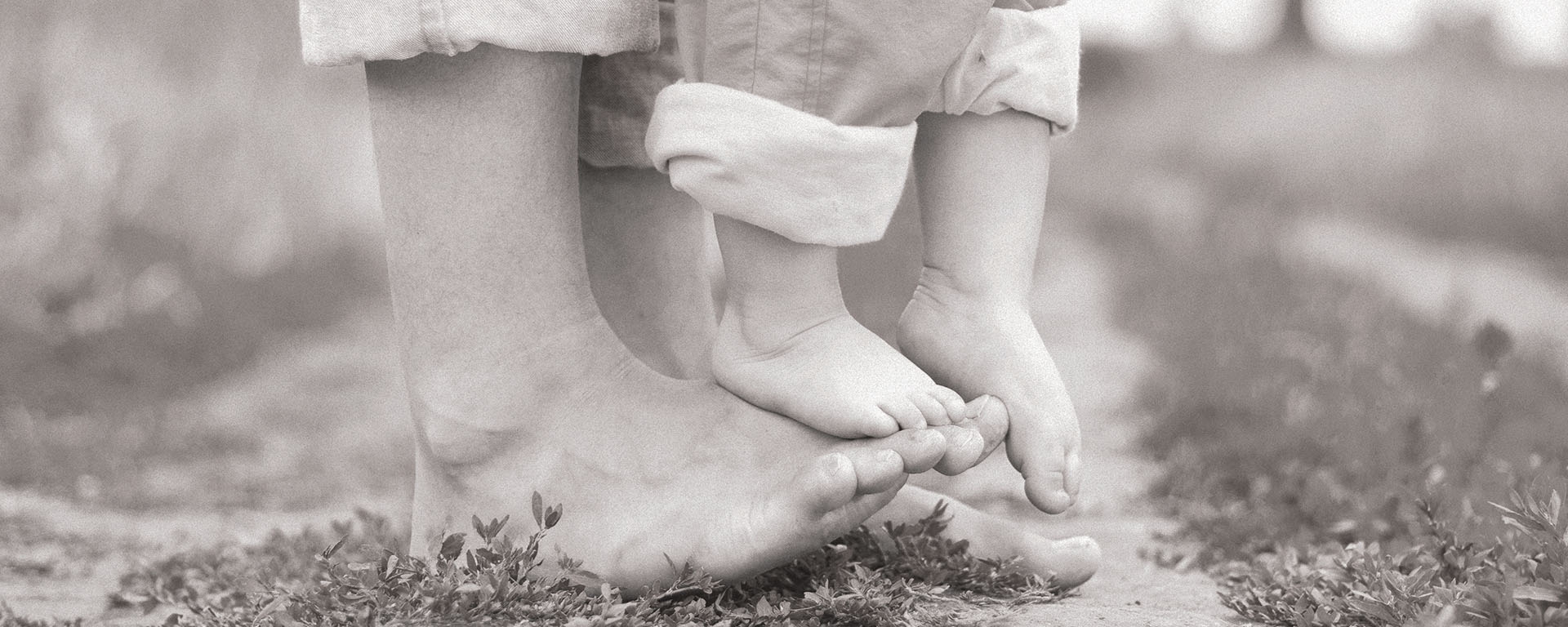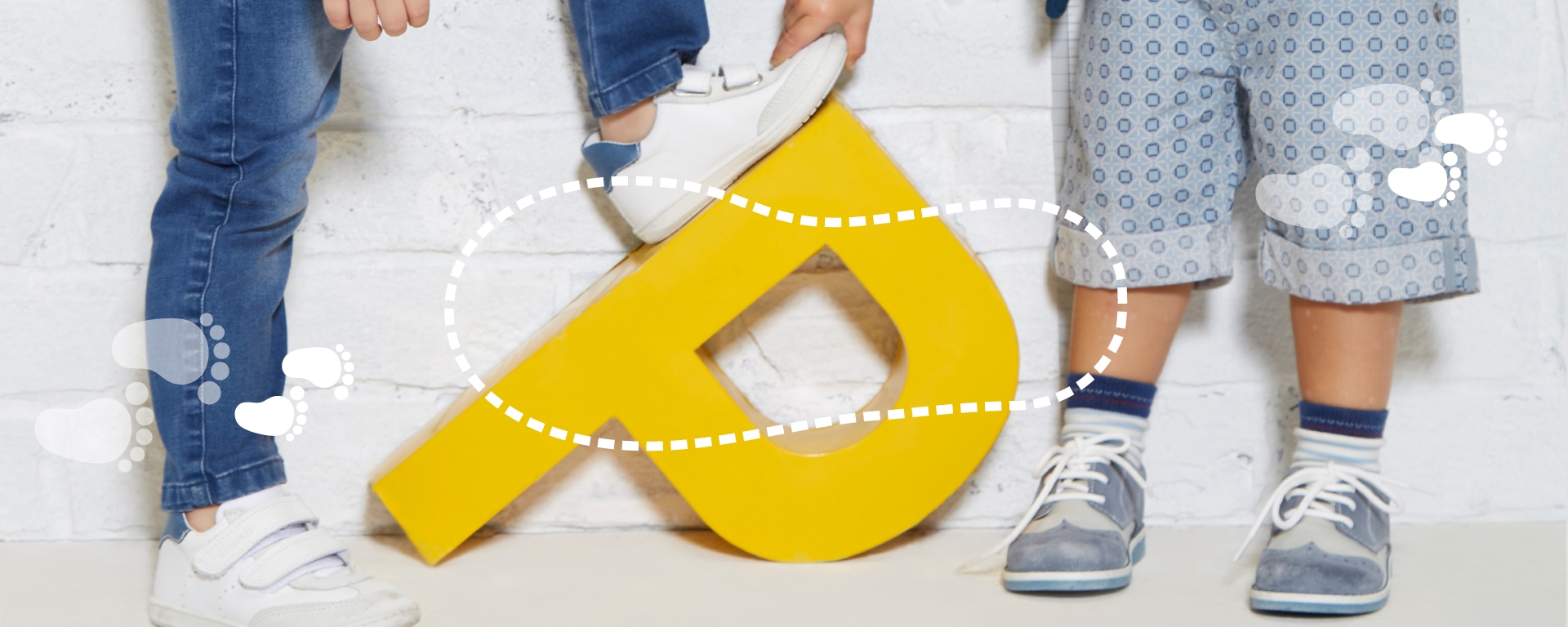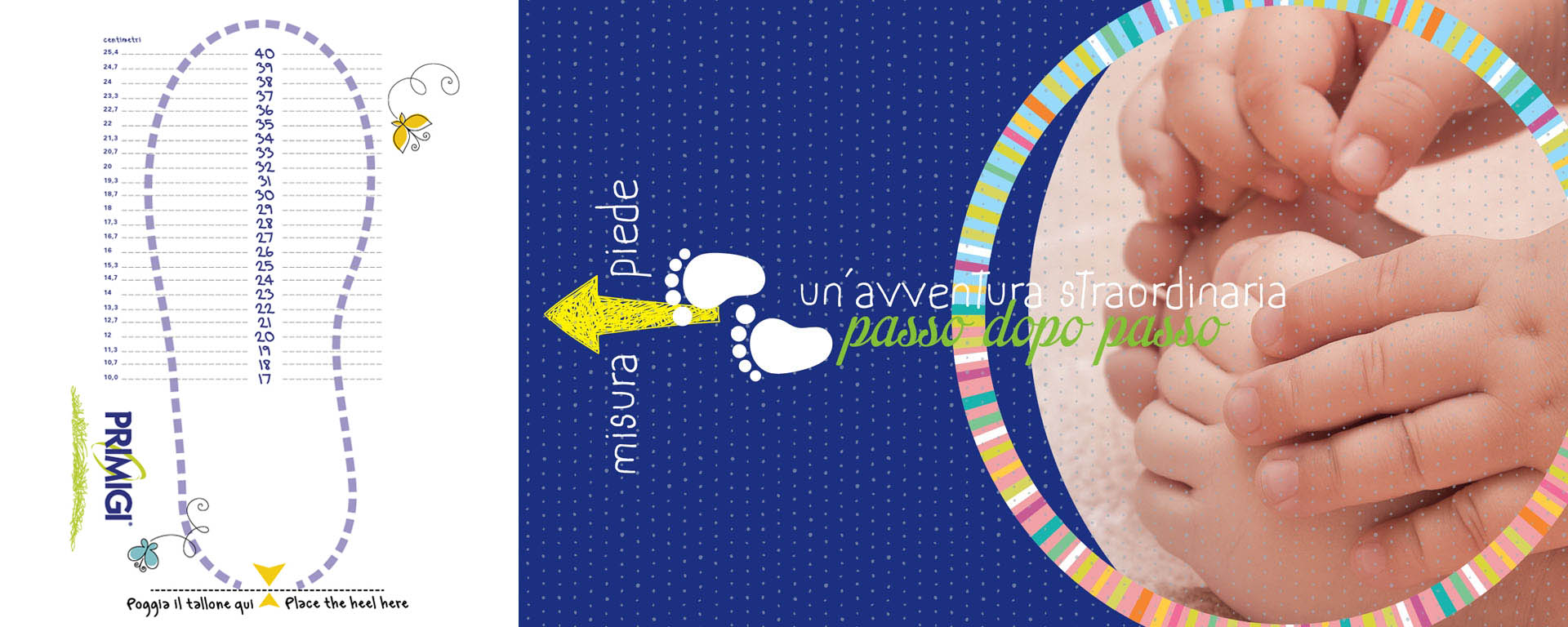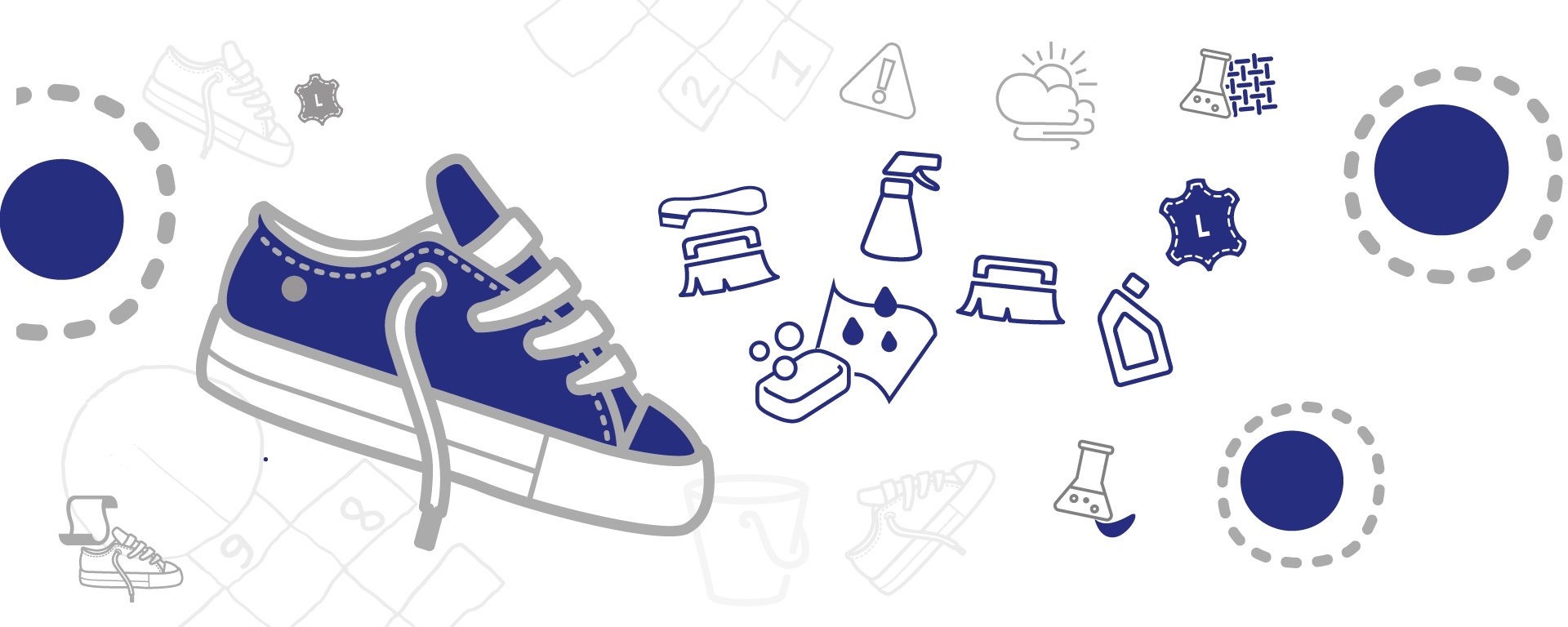A brief account of a great conquest
Slow but sure. That is how children learn to walk: one attempt after another, one step after another. Learning to move about represents an important phase in the process of growing up, since it leads to independence. As a rule, children complete this process in the time span between 10 and 24 months, but it is not a good idea to make comparisons since each child does things in his own time and this must be respected. In any case the road to autonomy passes through two distinct phases.
The first movements
The initial phase consists in the achievement of an erect position and the first steady steps.
After having learnt to crawl, in the course of his wandering around on four legs, the baby will soon end up by looking for something to hold on to in an attempt to stand up: the edge of a sofa, the leg of a table or the corner of a room. Trying to keep as steady as he can, the toddler will try to stand up and, in his first attempts, will inevitably end up with his bottom on the round.
These attempts must be respected, without any fear or temptation to intervene: his nappies will soften his fall and any worried intervention on our side would probably only cause anxiety in the child and jeopardise his rapid attainment of the objective.
In this phase, as well as in all the following ones, the parent's main job is one of prevention: carpets and floors should be kept clean, any obstacles and dangerous ornaments should be rapidly removed from the child's reach.
Once an erect position has been achieved, the child will try to take his first steps, while still holding on to the support he has just conquered. In this phase, it is a good idea to reduce the time spent in the playpen, as this offers scarce possibility for manoeuvres, letting him have the benefit of a wider space. Obviously, at first the going will be a bit unsteady, and the leg position may look a bit odd, not only due to his bulky nappies, but also owing to his need for greater stability.
Acquiring confidence
In the following months, the toddler will be totally absorbed by his attempts to acquire greater confidence in walking and will try to move about without any form of support.
During this phase, his parents can help him by taking him on little domestic outings and by offering encouragement as he tries to walk, moving from one support to another.
A most useful exercise is to kneel at a short distance from your child, stand him with his shoulder leaning on the wall and open up your arms: he won't be able to resist the temptation of reaching you and will fearlessly take his first steps alone.
At this point, a child is obviously unable to fully control his movements, he is still not able to evaluate distances perfectly and is not sufficiently reactive to deal with any loss of balance.
Falls and minor accidents will be quite common, but even in this case, his attempts should not be accompanied by anxiety and apprehension and it is necessary to resist the temptation to help or protect him. In the space of a few months, his steps will become steadier and faster, towards an autonomy that will soon enable him to run and jump.





